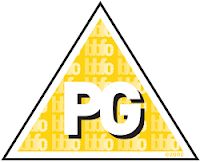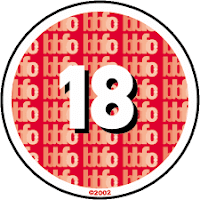The sound effects are made to either complement or replaces sound that was previously recorded on site. This means that when used effectively the audience should be able to pick up on the fact that the recorded sound was not part of the filming process. Foley sound would prevent a scene from sounding too controlled and thus unrealistic. If a scene only consisted of dialogue and was completely void of ambient sounds it would make the audience snap out of the scene as it would appear to lose its realism.
Foley sound is a necessity for most films because the primary goal for the sound team as filming has commenced is to capture the clear dialogue which means that the more intricate sounds required to be heard from the props within the scene, this means that the soundscape must be built up in post production. For example, if a scene consisted of a character walking on noisy terrain like gravel it would be preferred that the sound from the environment is ignored during field recording before being added throughout the scene later. This would be necessary because it allows for editors to have more control over the sound in the scene. With the dialogue recorded separately from the sound of the character stepping on gravel, the sound of the gravel can be altered to appear much more subtle allowing for a scene with both comprehensible dialogue as well as a layered realistic soundscape to accompany it.




